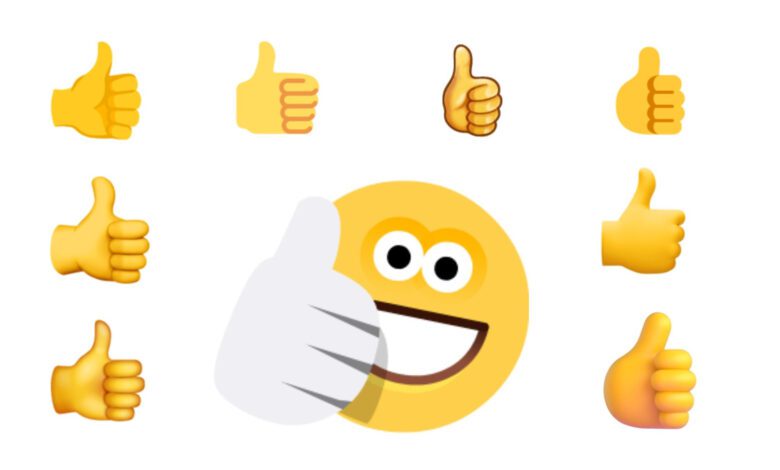The Power of the Thumbs-Up Emoji: Understanding Its Impact on Digital Communication

Introduction:
In today’s digital age, where communication often occurs through screens rather than face-to-face interactions, emojis have become an essential part of our everyday language. Among the myriad of emojis available, the thumbs-up emoji stands out as a universal symbol of approval, agreement, and positivity. Its simple yet powerful gesture transcends language barriers and is widely recognized across cultures and demographics. In this article, we’ll delve into the significance of the thumbs-up emoji, its impact on digital communication, and why it continues to be one of the most frequently used emojis across various platforms.
The Evolution of Emojis
Emojis, originating from Japan in the late 1990s, have evolved from simple pictograms to a diverse set of characters that convey a wide range of emotions, actions, and objects. Initially used in casual messaging and online forums, emojis have permeated almost every form of digital communication, from text messages to social media posts and emails. Among this vast assortment of emojis, the thumbs-up emoji has emerged as a staple due to its straightforward and universally understood message.
The Language of Emojis
In an era where brevity is valued, emojis serve as shorthand for expressing emotions and reactions that words alone may fail to convey adequately. With its positive connotations, the thumbs-up emoji has become synonymous with encouragement, affirmation, and support. Whether it’s used to acknowledge a job well done, express agreement in a group chat, or spread positivity, the thumbs-up emoji has cemented as a go-to symbol for conveying approval and approval.
The Psychological Impact
Studies have shown that emojis, including the thumbs-up emoji, can have a profound psychological impact on both senders and receivers of messages. When used appropriately, emojis can enhance the tone of a message, strengthen social connections, and even boost mood. The thumbs-up emoji, in particular, has been found to evoke feelings of validation and camaraderie, fostering a sense of goodwill between individuals in digital interactions.
The Role in Digital Communication
In digital communication, where nuances such as tone and body language are absent, emojis serve as crucial tools for adding context and clarity to messages. With its unambiguous meaning, the thumbs-up emoji helps prevent misunderstandings and misinterpretations, making conversations more efficient and effective. Whether used to signal agreement, show appreciation, or punctuate a sentence with positivity, the thumbs-up emoji has become indispensable in our online interactions.

FAQs about the Thumbs Up Emoji
Q: What does the thumbs-up emoji mean?
A: The thumbs-up emoji typically signifies approval, agreement, or encouragement. It is often used to express positivity and support in digital communication.
Q: Can the thumbs-up emoji be misinterpreted?
A: While the generally carries positive connotations, its interpretation can vary depending on context and cultural norms. It may be perceived differently in some cultures, so it’s essential to consider the context when using emojis.
Q: Is the thumbs-up emoji appropriate for all situations?
A: While the thumbs-up emoji is generally well-received, it may only sometimes be suitable for conveying complex emotions or serious topics. It’s essential to use discretion and consider the appropriateness of emojis based on the context of the conversation.
In conclusion,
the thumbs-up emoji is a powerful tool for fostering positivity, clarity, and connection in digital communication. Its universal appeal and straightforward message make it valuable in our increasingly digitized world. So, the next time you want to show your approval or support in a message, don’t hesitate to give a thumbs up—it speaks volumes in just one simple gesture.
YOU MAY ALSO READ
Why Does My Phone Say No Internet Connection When I Have WiFi







